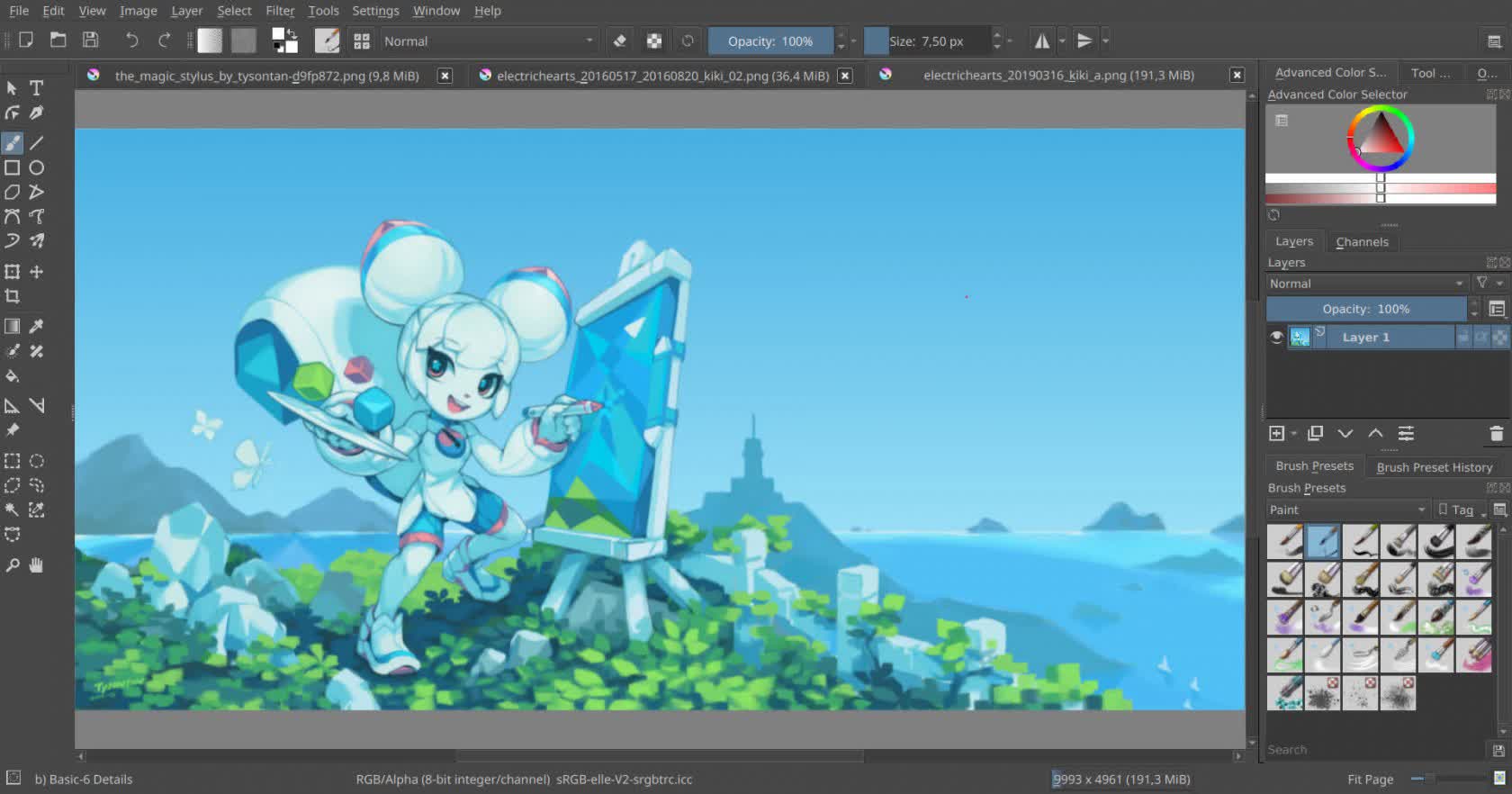First of all, you can't print even the full range of 8 bit color to paper.
Second of all, I've never seen all these wild aberrations you attribute to 8 bit color.
And third, (and most importantly) GIMP lacks adjustment layers, and, (after duping the background), "levels" is the first layer I open after that. I had GIMP installed once, opened it up, looked for adjustment layers, and said to myself "WTF am I supposed to do with this"?
Keep in mind, I was trained on Photoshop proper. And, most of the monitors around, are only 8 bit color anyway, (16.7 million colors).
[c/QUOTE]
Cranky --
(This all sounds complicated but Gawd knows it much simpler than wet chemistry color . . .)
With all due respect I believe that you are confusing the bits of color in an output image/device with the intermediate states required when doing image manipulation (which is the whole point of this software after all). A fair summary of this topic is contained here:
https://www.photoshopessentials.com/essentials/16-bit/
The relevant portion -- looking only at the luminescent channel -- of what happens with 8 bit discretization errors (I.e., that which generates banding) induced by using image processing tools is about halfway down the page. I tried to cut and paste that section here to no avail.
The point is while "yes" you are correct about 8 bit channels that are assigned when generating, via the gamut mapping function, output image formats such as JPGs (or, for that matter, printing or displaying to screens) that process cannot infer data for intermediate states not computed in image manipulation. Since, as I pointed out, virtually all of our capture devices do so in 10, 12 or more bits of color depth and write them that way to Raw files, a tool that doesn't throw these data away (as PS Elements prides itself in doing) would seem like a major feature.
There are photogs that capture only in JPG and thus are limited to 8 bit color at capture; if you are happy working in an 8 bit color flow by all means do so. You can do that however on just a cell phone. If you take the trouble to do something else getting the full measure of these tools capability in output files/prints would mean 16 work flow . . . until you generate the gamut used in the final output file/print.
-- gary ray
